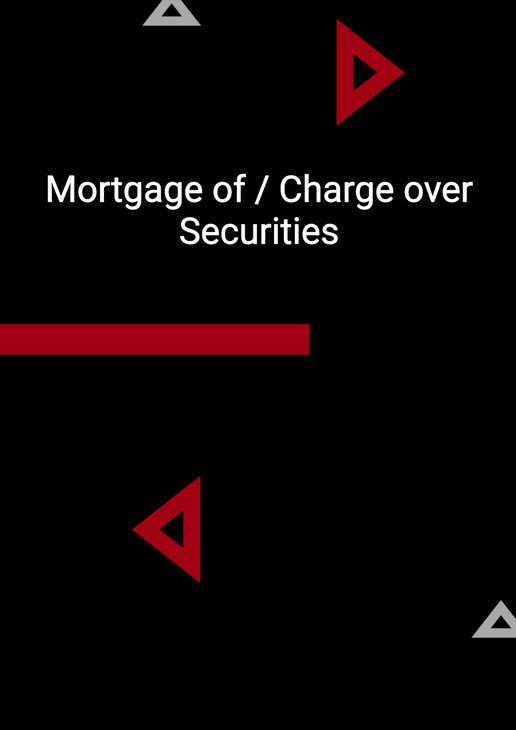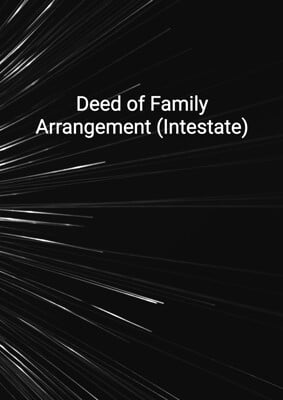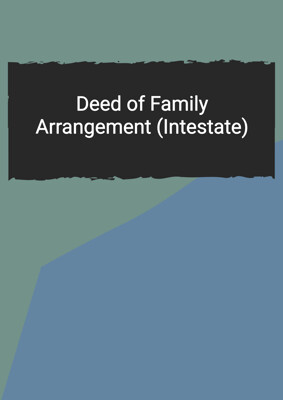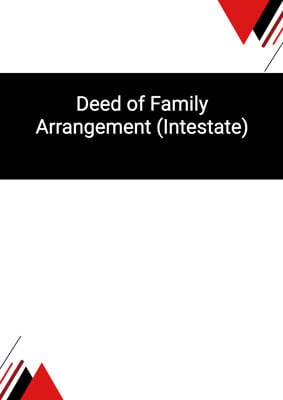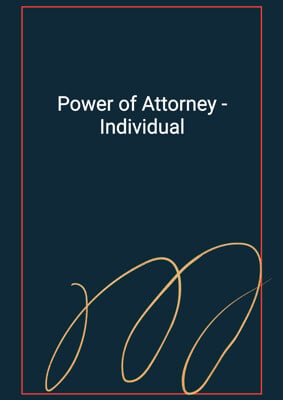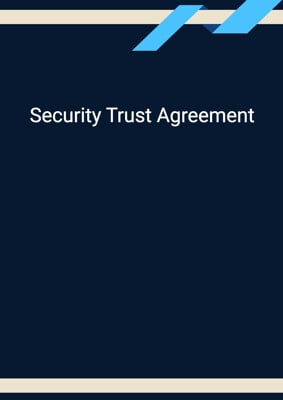How to Tailor the Document for Your Need?
01
Create Document
Fill in the details of the parties. You can click the "Fill with Member’s Information" button to complete it with information saved to your account.
02
Fill Information
Please fill in any additional information by following the step-by-step guide on the left hand side of the preview document and click the "Next" button.
03
Get Document
When you are done, click the "Get Document" button and you can download the document in Word or PDF format.
04
Review Document
The document should be signed by the authorised signatory (or directors of a company) and witnessed to complete the formality.
Document Preview
Document Description
This document is titled 'Mortgage of / Charge over Securities' and it is a legal agreement between two parties, referred to as the 'mortgagor' and the 'lender'. The document serves as a mortgage of securities, which means that the mortgagor is providing the lender with securities as collateral for any moneys and liabilities that may come due, owing, or payable to the lender by the mortgagor. The document starts with an interpretation section, defining various terms used throughout the agreement.
The mortgagor covenants to pay the secured amounts, which include all moneys and liabilities owed by the mortgagor to the lender. The mortgagor also agrees to mortgage and charge the original securities, as well as any other securities that may be substituted for them with the lender's prior written consent. The security shares, which include the original securities and any other securities, are assigned and transferred to the lender as continuing security.
The document contains provisions regarding the continuing and primary nature of the security, stating that it is in addition to any other security interests held by the lender. The mortgagor's liabilities and obligations under the mortgage and the security constituted by it remain in force, except in the case of an absolute discharge or release signed by the lender. The mortgagor also undertakes to pay expenses related to perfecting or enforcing the security and to promptly pay all calls, instalments, and other payments due in respect of the security shares.
The mortgage grants the lender certain rights and powers, including the ability to exercise voting and other rights attached to the security shares. The lender is appointed as the mortgagor's attorney to sign, seal, deliver, and complete any documents necessary to perfect or improve the security over the security shares. The document also includes provisions regarding the sale of the security shares in the event of a default by the mortgagor.
Other provisions in the document cover warranties and undertakings by the mortgagor, power of attorney granted to the lender, expenses and indemnity, notices and communications, and governing law and jurisdiction. The mortgagor agrees to reimburse the lender for all costs, charges, and expenses incurred in connection with the mortgage and indemnify the lender against any losses or liabilities arising from the mortgage. The document concludes with the execution section, where the parties sign and deliver the deed.
Overall, this document establishes a legal framework for the mortgage of securities and outlines the rights, obligations, and responsibilities of the mortgagor and the lender.
How to use this document?
1. Review the document: Familiarize yourself with the content and structure of the 'Mortgage of / Charge over Securities' document.
2. Understand the purpose: Recognize that the document serves as a mortgage of securities, providing the lender with collateral for any moneys and liabilities owed by the mortgagor.
3. Define key terms: Refer to the interpretation section to understand the definitions of terms used throughout the agreement.
4. Covenant to pay secured amounts: Note that the mortgagor covenants to pay all moneys and liabilities owed to the lender, including interest, costs, charges, and expenses.
5. Mortgage and charge securities: Understand that the mortgagor assigns and transfers the original securities and any other securities to the lender as continuing security.
6. Continuing and primary security: Recognize that the mortgage is a continuing security and does not affect any other security interests held by the lender.
7. Liabilities and obligations: Understand that the mortgagor's liabilities and obligations under the mortgage and the security remain in force, except in the case of an absolute discharge or release signed by the lender.
8. Rights and powers of the lender: Note that the lender has certain rights and powers, including the ability to exercise voting and other rights attached to the security shares.
9. Sale of security shares: Understand that the lender may sell or dispose of the security shares in the event of a default by the mortgagor.
10. Warranties and undertakings: Recognize the mortgagor's representations, warranties, and undertakings regarding the securities and the payment of expenses.
11. Power of attorney: Understand that the mortgagor appoints the lender as its attorney to sign, seal, deliver, and complete any documents necessary to perfect or improve the security.
12. Expenses and indemnity: Note that the mortgagor is responsible for reimbursing the lender for costs, charges, and expenses incurred in connection with the mortgage and indemnifying the lender against any losses or liabilities.
13. Notices and communications: Understand the requirements for serving notices and communications under the document.
14. Governing law and jurisdiction: Recognize that the document is governed by the laws of the specified jurisdiction and any disputes will be subject to the jurisdiction of the specified courts.
15. Seek legal advice: If necessary, consult with a legal professional to ensure a thorough understanding of the document and its implications.
Not the right document?
Don’t worry, we have thousands of documents for you to choose from:
